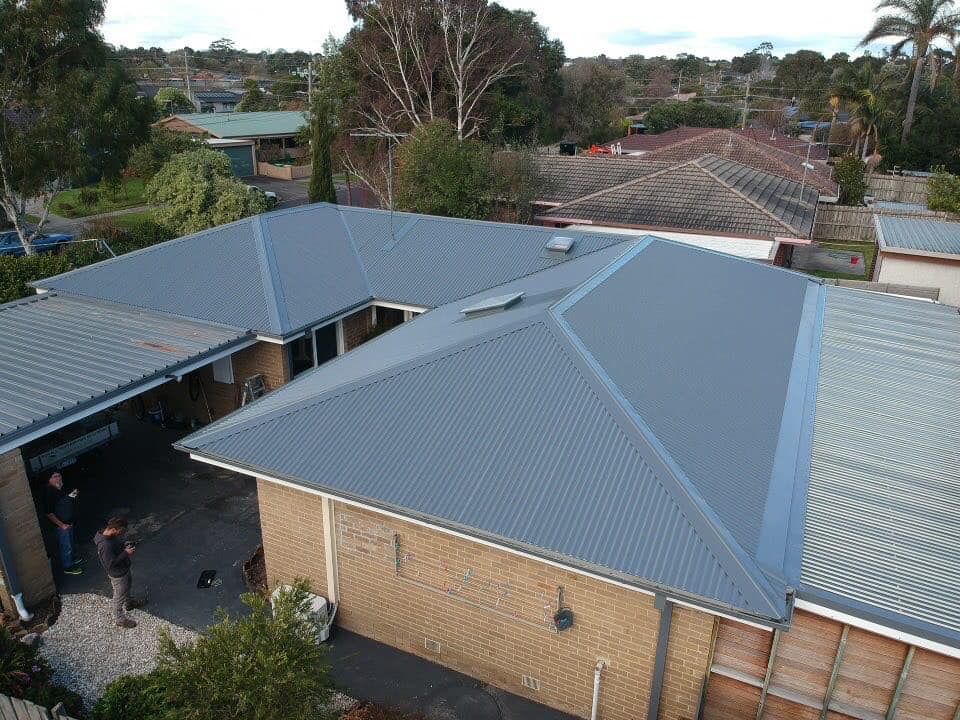
Maintaining the integrity of your house is not just about keeping it aesthetically pleasing; it’s about ensuring structural soundness, safety, and longevity. A well-maintained home not only enhances its value but also provides a comfortable and secure living environment for you and your family. This guide explores essential maintenance practices and proactive measures to safeguard your home against common issues and potential hazards.
1. Regular Inspections and Maintenance
Regular inspections form the cornerstone of house integrity maintenance. By identifying issues early, you can prevent small problems from escalating into costly repairs. Here’s how you can approach regular inspections:
- Schedule Professional Inspections: Hire qualified inspectors to assess critical components such as the foundation, roof, electrical systems, plumbing, and HVAC (Heating, Ventilation, and Air Conditioning) annually or biannually.
- DIY Inspections: Conduct frequent visual inspections yourself. Check for signs of water damage, cracks in walls or foundations, loose shingles, and malfunctioning appliances.
2. Exterior Maintenance
The exterior of your home acts as the first line of defence against the elements. Proper maintenance ensures protection from weather damage and enhances kerb appeal:
- Ceiling Care: When repairs are no longer sufficient to maintain the roof’s integrity, consider professional roof replacement services. A new roof not only enhances your home’s protection but also increases its market value and kerb appeal. For expert roof replacement Brighton, trust unique roofing and home improvements to deliver superior craftsmanship and durable roofing solutions.
- Repainting and Sealing: Monitor the condition of your siding and exterior paint. Repaint as needed, including roof painting Melbourne, to prevent moisture penetration and UV damage. Seal cracks and gaps to maintain energy efficiency and prevent mould and mildew growth.
- Cleaning and Treatments: Regularly clean siding to remove dirt, debris, and mould buildup. Consider applying protective treatments to prevent future mould and mildew growth and extend the life of your siding.
- Windows and Doors: Check seals and caulking around windows and doors. Replace weather stripping to improve energy efficiency and prevent drafts.
3. Structural Integrity
A structurally sound house is crucial for safety and stability. Focus on these areas to maintain structural integrity:
- Foundation: Monitor for cracks or shifts in the foundation. Address drainage issues promptly to prevent water from seeping into the foundation.
- Supporting Structures: Inspect beams, columns, and load-bearing walls for signs of damage or stress. Reinforce or replace weakened structural elements as necessary.
4. Plumbing and Electrical Systems
Proper functioning of plumbing and electrical systems is essential for daily convenience and safety:
- Plumbing: Check for leaks, clogs, and water pressure irregularities. Insulate pipes in colder climates to prevent freezing and bursting.
- Electrical: Inspect wiring, outlets, and circuit breakers regularly. Upgrade outdated electrical systems to meet current safety standards.
5. HVAC and Ventilation
Maintaining heating, cooling, and ventilation systems ensures comfort and indoor air quality:
- HVAC Systems: Schedule annual maintenance and filter replacements for efficient operation. Clean ducts and vents to improve air circulation and reduce allergens.
- Ventilation: Ensure adequate ventilation in kitchens, bathrooms, and attics to prevent moisture buildup and mould growth.
6. Landscaping and Drainage
Proper landscaping and drainage help protect your home’s foundation and prevent water damage:
- Downspouts: Regularly clean gutters, particularly focusing on gutter cleaning Brighton, and ensure downspouts direct water away from the foundation. Consider installing drainage guards to minimise debris buildup.
- Landscaping: Trim trees and bushes near the house to prevent damage from falling branches or roots invading foundation areas. This maintenance helps safeguard your property from potential structural issues.
Pest Control
Regular pest inspections and preventive measures are crucial to safeguard your home from structural damage and health risks:
- Termite Inspections: Schedule annual termite inspections and promptly treat any infestations to protect wooden structures.
- General Pest Control: Seal entry points and remove standing water to deter pests such as rodents and insects from entering your home.
Emergency Preparedness
Prepare for emergencies to minimise potential damage during unexpected events:
- Emergency Kits: It’s essential to maintain well-stocked emergency kits in your home. Include items such as flashlights, extra batteries, a first aid kit with necessary medications, bandages, and sterile dressings. Ensure you have a supply of non-perishable food items, bottled water, and a manual can opener. Also, include personal hygiene items, such as blankets or sleeping bags, and copies of important documents such as identification papers and insurance policies. Having these items readily accessible can help you manage during power outages, severe weather events, or other emergencies.
- Insurance Coverage: Regularly review your homeowner’s insurance policies to ensure you have adequate coverage for potential damages and liabilities. Understand what your policy covers, including specific details about structural damage, personal property, and liability protection. Consider additional coverage options such as flood insurance or earthquake insurance, if you live in areas prone to these risks. Update your insurance policies as needed to reflect any changes in property value or improvements you’ve made to your home. Knowing your coverage limits and exclusions can provide peace of mind and financial protection in case of unexpected emergencies or disasters.
Being proactive in both emergency preparedness and insurance coverage can significantly mitigate risks and ensure you’re well-prepared to handle unforeseen events that could affect your home and family.
Conclusion
Maintaining the integrity of your house requires a proactive approach to identify and address issues before they escalate into costly repairs or safety hazards. By implementing regular inspections, addressing maintenance tasks promptly, and investing in preventive measures, you can ensure that your home remains safe, comfortable, and structurally sound for years to come.
Previous Post Next Post

